Table of content
Introduction
Purslane, scientifically known as Portulaca oleracea, is a versatile and nutritious plant often found in gardens, fields, and even roadsides. Its succulent leaves and stems are rich in vitamins, minerals, and antioxidants, making it a popular choice for culinary use. However, fresh purslane has a relatively short shelf life, which can be problematic for those who wish to enjoy its benefits throughout the year. Drying purslane is an excellent method of preservation that not only extends its shelf life but also retains many of its nutritional properties. In this comprehensive guide, we will explore the step-by-step process of how to effectively dry purslane for long-term preservation.
Understanding Purslane
Before diving into the drying process, it’s crucial to understand the unique characteristics of purslane. This plant is characterized by its thick, succulent leaves and stems, which contain a high water content. This high water content makes purslane particularly susceptible to spoilage if not handled properly during the drying process. Additionally, purslane leaves are delicate and can easily tear or bruise, which can affect the final quality of the dried product.
Choosing the Right Purslane
The first step in drying purslane is selecting the right plants. Ideally, you should harvest purslane that is fresh, vibrant, and free from pests and diseases. Look for plants with healthy, green leaves and firm stems. Avoid harvesting purslane that is wilting, yellowing, or has spots, as these indicators suggest that the plant may be past its prime.
Harvesting Techniques
Harvesting purslane correctly is essential to ensure the best possible outcome when drying. Here are some tips for successful harvesting:
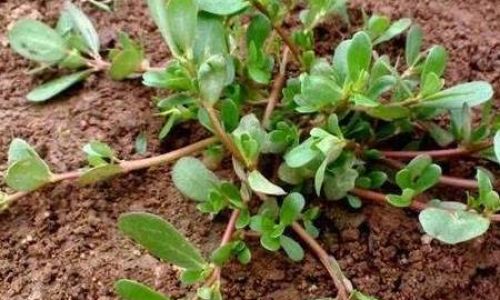
-
Timing: Harvest purslane in the morning or late afternoon when the sun is not too intense. This helps to minimize stress on the plant and ensures that the leaves and stems retain their moisture and nutrients.
-
Tools: Use a sharp pair of scissors or pruning shears to make clean cuts. Avoid tearing the plants, as this can damage the cells and cause the leaves to wilt more quickly.
-
Length: Cut the stems just above the soil line, leaving enough of the plant intact to encourage regrowth. If you plan to harvest multiple times from the same plant, be mindful of not taking too much at once.
-
Storage: Immediately place the harvested purslane in a cool, shaded area to prevent it from wilting. If possible, use a breathable container, such as a basket, to allow for proper air circulation.
Preparing Purslane for Drying
Once you’ve harvested your purslane, the next step is to prepare it for drying. This involves cleaning, sorting, and sometimes blanching the leaves and stems.
-
Cleaning: Rinse the purslane thoroughly under cold running water to remove any dirt, debris, or insects. Be gentle when handling the leaves to avoid tearing them. Pat the plants dry using a clean kitchen towel or paper towels.
-
Sorting: Separate the leaves and stems. While some people prefer to dry the entire plant together, sorting them can allow for more even drying and better storage later on. Discard any damaged or discolored leaves.
-
Blanching (Optional): Blanching is a process of briefly immersing the purslane in boiling water or steam to destroy enzymes that can cause spoilage and to help retain color and texture. However, blanching also reduces some of the nutritional content, so it’s a personal choice whether to do it or not. If you decide to blanch, submerge the purslane in boiling water for about 30 seconds to 1 minute, then immediately plunge it into ice water to stop the cooking process. Pat the blanched purslane dry before proceeding.
Choosing a Drying Method
There are several methods you can use to dry purslane, each with its own set of pros and cons. The most common methods include air-drying, oven-drying, and using a dehydrator.
Air-Drying
Air-drying is the simplest and most traditional method of drying purslane. It requires no special equipment and can be done indoors or outdoors.
-
Layout: Spread the cleaned and sorted purslane in a single layer on clean, dry racks, screens, or trays. Ensure that there is good air circulation around the plants to prevent molding.
-
Location: Place the racks in a well-ventilated area away from direct sunlight and sources of heat, such as radiators or stovetops. A cool, dry basement or attic is ideal.
-
Duration: Air-drying can take several days to a week, depending on the humidity and temperature of your environment. Check the purslane daily, and turn the leaves and stems occasionally to ensure even drying.
-
Storage: Once the purslane is completely dry (it should be brittle and crumble easily between your fingers), store it in an airtight container in a cool, dark place.
Oven-Drying
Oven-drying is a faster method but requires careful monitoring to prevent burning.
-
Preheat: Preheat your oven to its lowest setting, typically around 150°F (65°C).
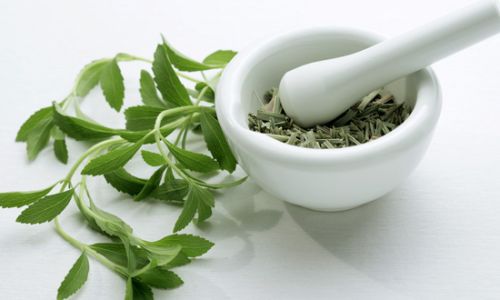
-
Layout: Spread the purslane in a single layer on baking sheets lined with parchment paper or a silicone baking mat.
-
Monitoring: Place the baking sheets in the oven and prop the door open slightly with a wooden spoon or towel to allow for better air circulation. Check the purslane every 30 minutes to an hour, and turn the leaves and stems occasionally.
-
Completion: Oven-drying typically takes 2 to 4 hours, depending on the oven’s efficiency and the amount of purslane being dried. Remove the baking sheets from the oven and let the purslane cool completely before storing.
Dehydrator Drying
Using a dehydrator is the most efficient and consistent method of drying purslane.
-
Setup: Spread the purslane in a single layer on the dehydrator trays, making sure there is no overlap.
-
Temperature: Set the dehydrator to a temperature between 95°F and 115°F (35°C to 46°C). Lower temperatures are better for retaining nutrients and color.
-
Duration: Dehydrating typically takes 8 to 12 hours, depending on the model of the dehydrator and the amount of purslane being dried. Check the purslane periodically, and turn the trays if necessary for even drying.
-
Storage: Once the purslane is completely dry, store it in an airtight container in a cool, dark place.
Storing Dried Purslane
Proper storage is crucial to maintain the quality and extend the shelf life of your dried purslane. Here are some tips for successful storage:
-
Containers: Use airtight containers made of glass, ceramic, or stainless steel. Avoid plastic containers, as they can leach chemicals into the dried purslane over time.
-
Labeling: Label the containers with the date and contents to keep track of when the purslane was dried and to avoid confusion.
-
Location: Store the containers in a cool, dark place, such as a pantry or cupboard. Avoid areas with high humidity or temperature fluctuations, as these can cause the dried purslane to degrade.
-
Shelf Life: Dried purslane can last for several months to a year if stored properly. Check the containers regularly for signs of mold, discoloration, or a bad odor, and discard any purslane that does not look or smell fresh.
Conclusion
Drying purslane is a simple yet effective way to preserve this nutritious plant for long-term use. By following the steps outlined in this guide, you can enjoy the benefits of purslane year-round, whether you choose to use it in cooking, teas, or other culinary creations. Remember to select the right plants, harvest them properly, prepare them for drying, choose the best drying method for your needs, and store the dried purslane correctly to ensure its quality and shelf life. With a little time and effort, you can transform fresh purslane into a valuable, long-lasting staple in your pantry.
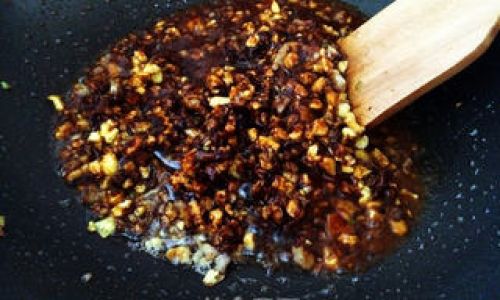
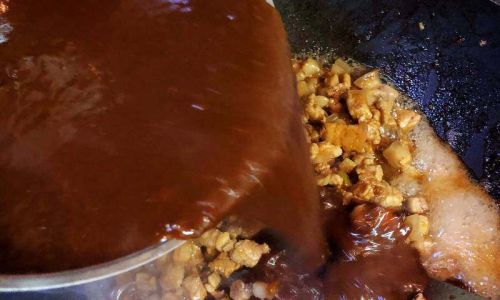


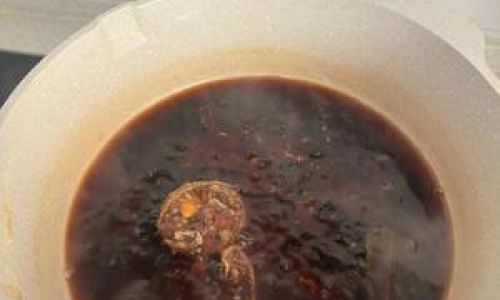
0 comments